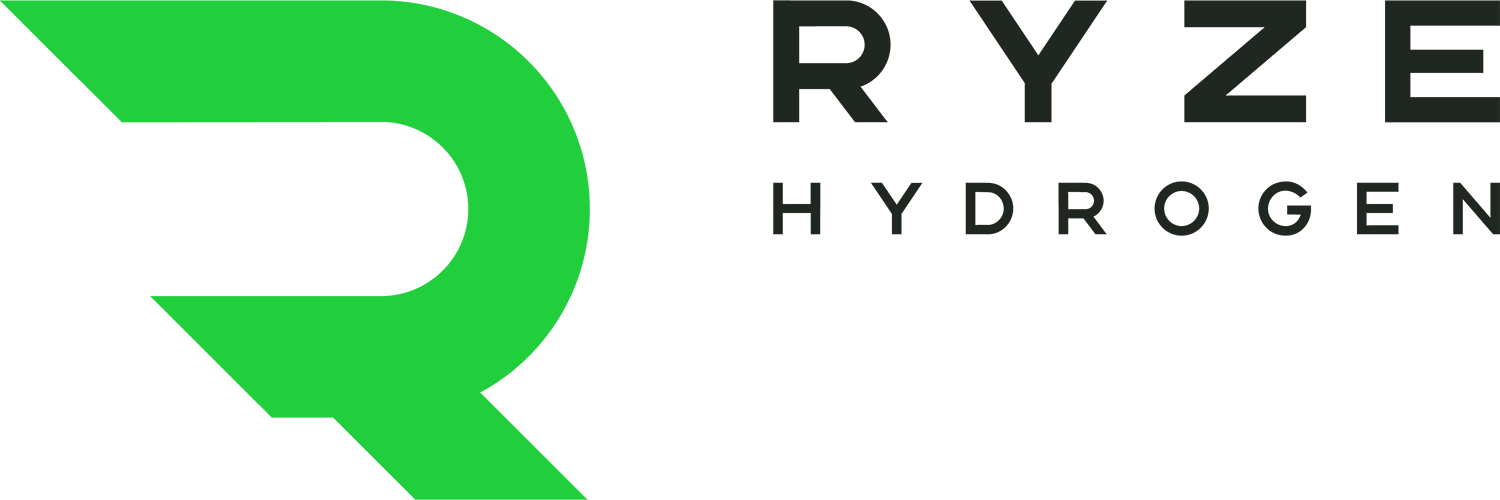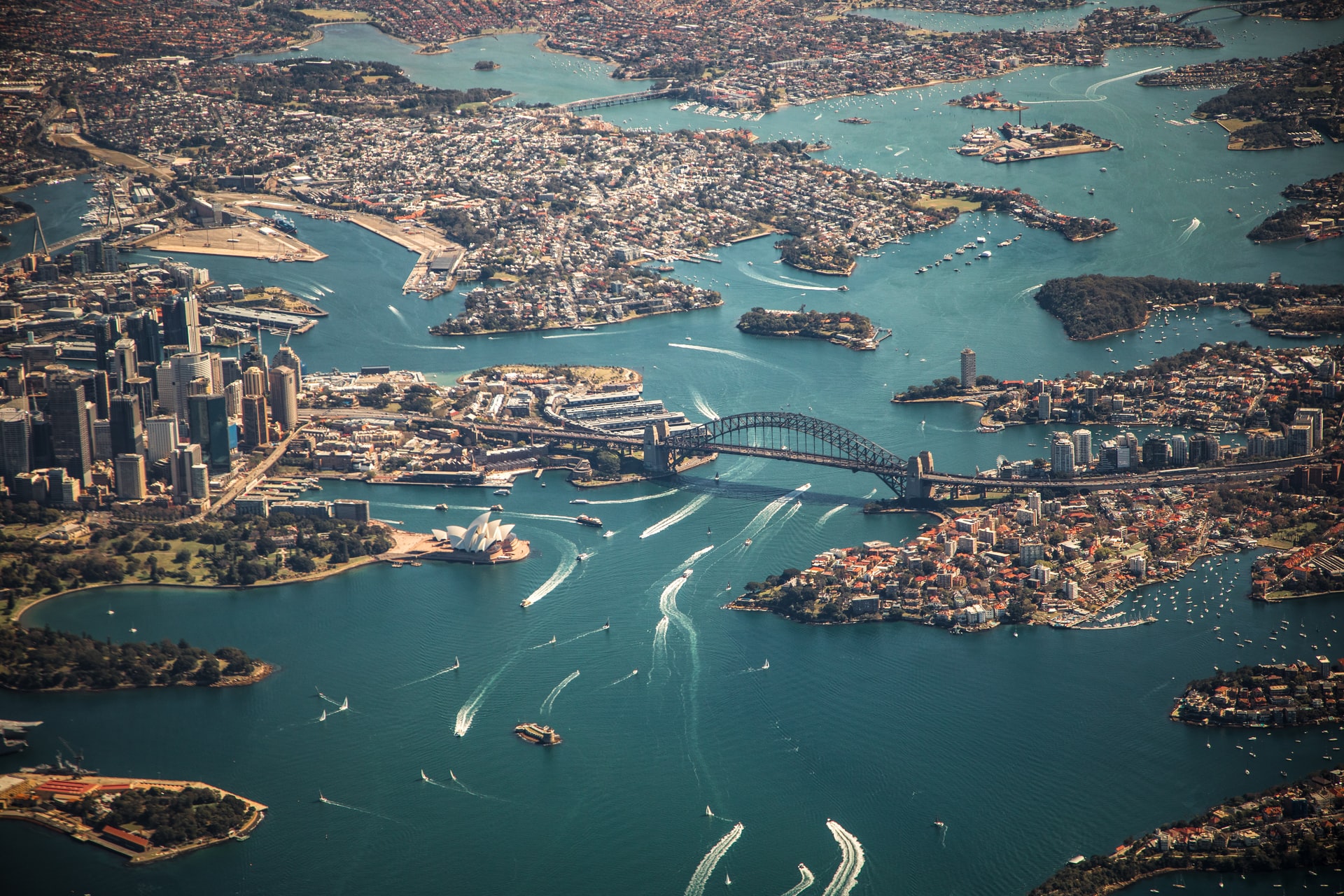Electrolyser costs declined by as much as 30% over the past two years and will continue to drop precipitously over the coming decades, according to a report by Australia’s national science agency.
Falling electrolyser costs coupled with the declining cost of renewables – particularly wind and solar – make it increasingly likely that the “hydrogen superpower” scenario outlined last year by Australian grid operator AEMO will come to fruition.
Electrolyser capital costs have fallen from more than $3,700 per kW in 2020 to about $2,700 per kW today and will drop to below $200 per kW by 2050 under the agency’s most optimistic scenario. Under its most pessimistic scenario, capital costs will decline to about $800 per kW, national science agency CSIRO said in its annual GenCost report.
The main driver of falling electrolyser costs will be scale as the size of systems grows from an average of 10 MW today to 100 MW modular units in the coming years, CSIRO said.
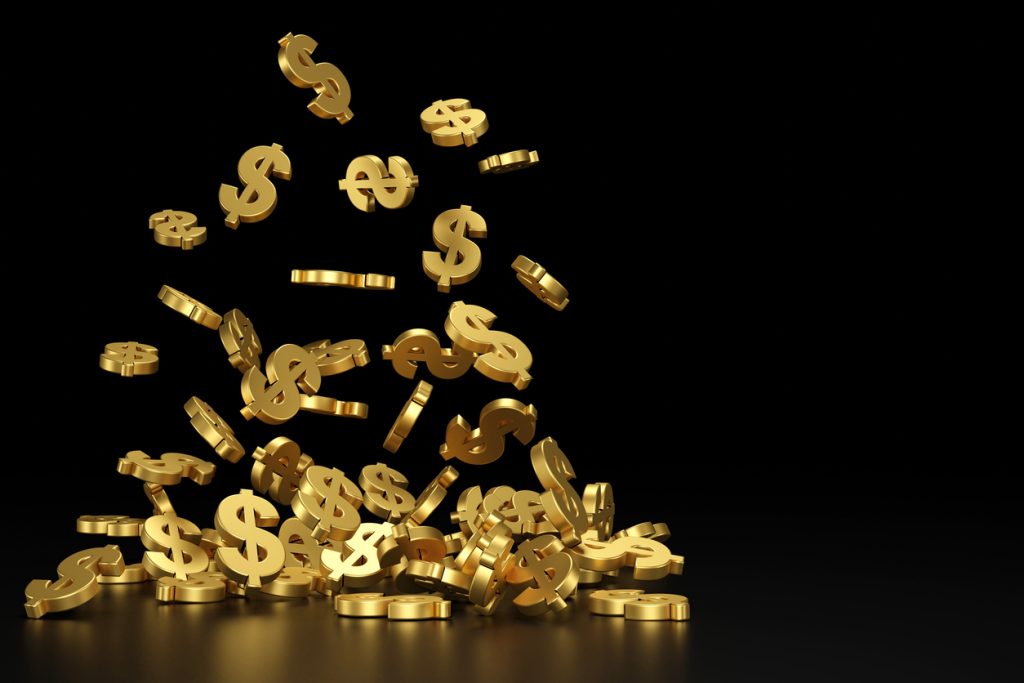
Falling electrolyser costs coupled with the declining cost of renewables – particularly wind and solar – make it increasingly likely that the “hydrogen superpower” scenario outlined last year by Australian grid operator AEMO will come to fruition.
“Applying typical engineering cost scaling factors this movement to full scale accounts for around an 80% reduction in costs,” it said. “Electrolyser deployment is being supported by a substantial number of hydrogen supply and end- use trials globally and in Australia.”
The report also found that combined wind and solar deployments are the cheapest form of electricity in Australia with no need for investment in energy storage until it accounts for at least 50% of generation.
Even with the cost of storage included, combined wind and solar remains the cheapest source of electricity in Australia up until 90% penetration has been reached, after which other renewables such as hydro power, biomass and green hydrogen will be required to achieve a 100% renewables system.
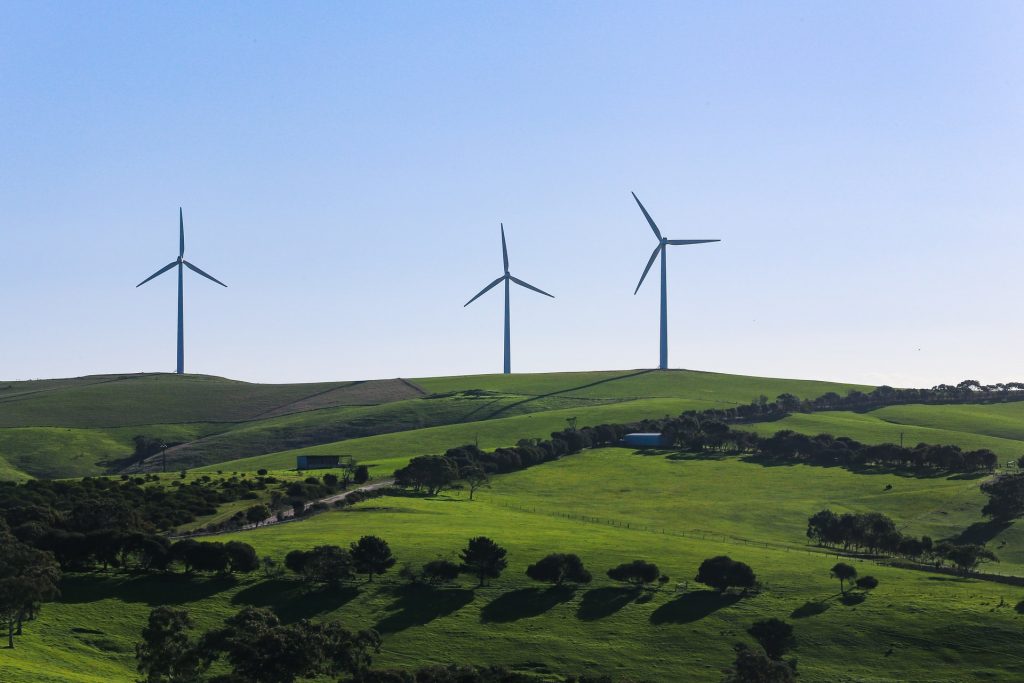
A report has found that combined wind and solar deployments are the cheapest form of electricity in Australia with no need for investment in energy storage until it accounts for at least 50% of generation.
The current Australian government predicts an 80% share for renewables by 2030 with all brown coal generation phased out by 2032. The “hydrogen superpower” scenario assumes an even faster switch, to 90% renewables within a decade and no coal generators at all.
Australia is one of the countries expected to become a clean hydrogen exporter in the coming decades as it takes advantage of its abundant solar and wind resources to drive down the cost of hydrogen produced by splitting water via electrolysis.
Whether any of that hydrogen will reach Europe is another question as the most economically viable way of transporting hydrogen over long distances is still being established.
About 25% of the world’s green hydrogen will be traded internationally in 2050, with 75% produced and consumed locally, according to a recent report from the International Renewable Energy Agency (IRENA).
Just over half of the internationally traded hydrogen will be transported by pipeline with most of the remainder shipped as ammonia, IRENA said.
One of the major attractions of clean hydrogen is that it can be produced locally anywhere in the world with renewable energy and an electrolyser. The UK could become self-sufficient in hydrogen if it taps its considerable resources, particularly offshore wind.
Moreover, the drive to increase hydrogen production and lower costs by friendly nations such as Australia will help develop a global hydrogen economy and improve the UK’s energy security to boot.
To learn more about Ryze Hydrogen click here.
